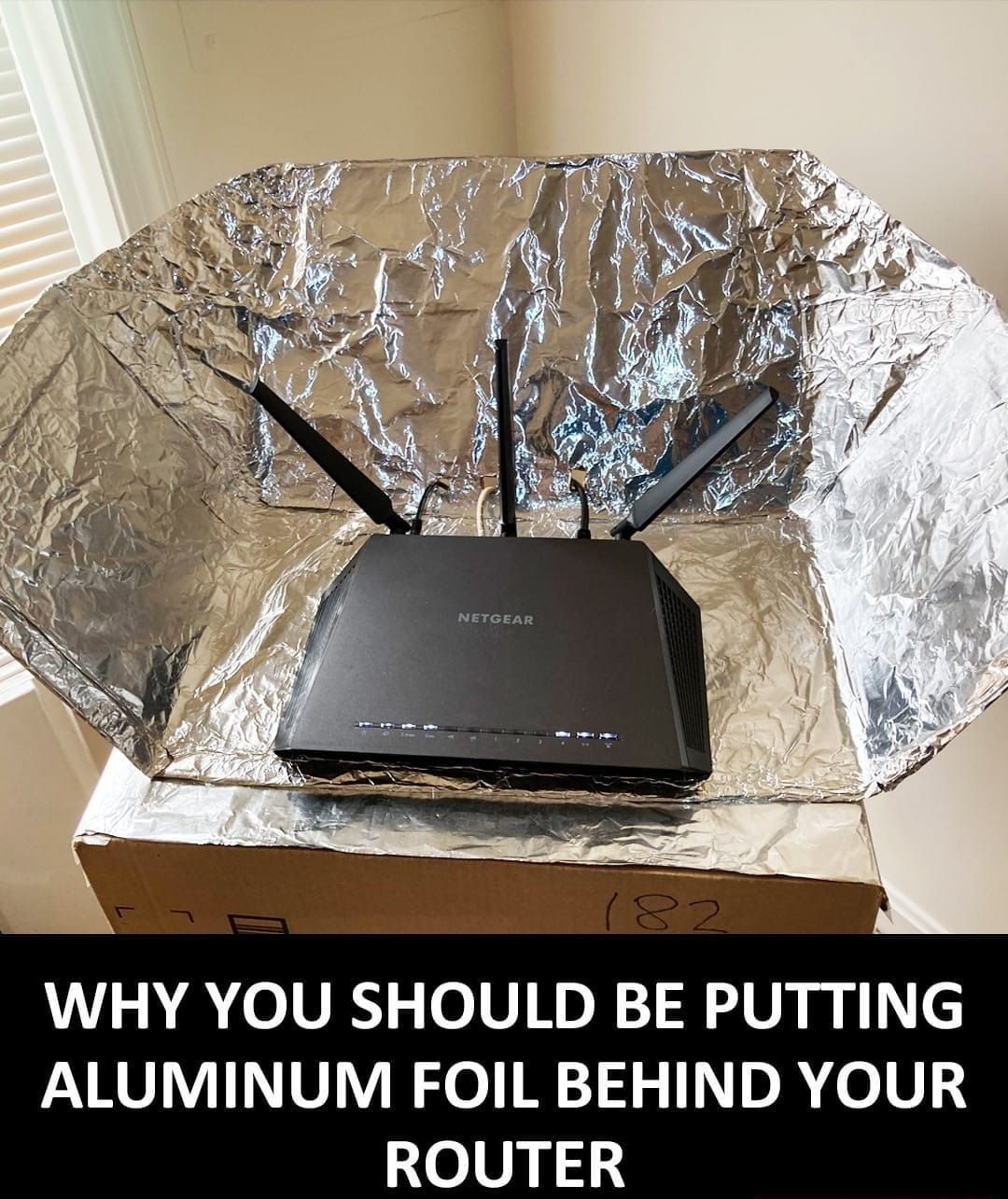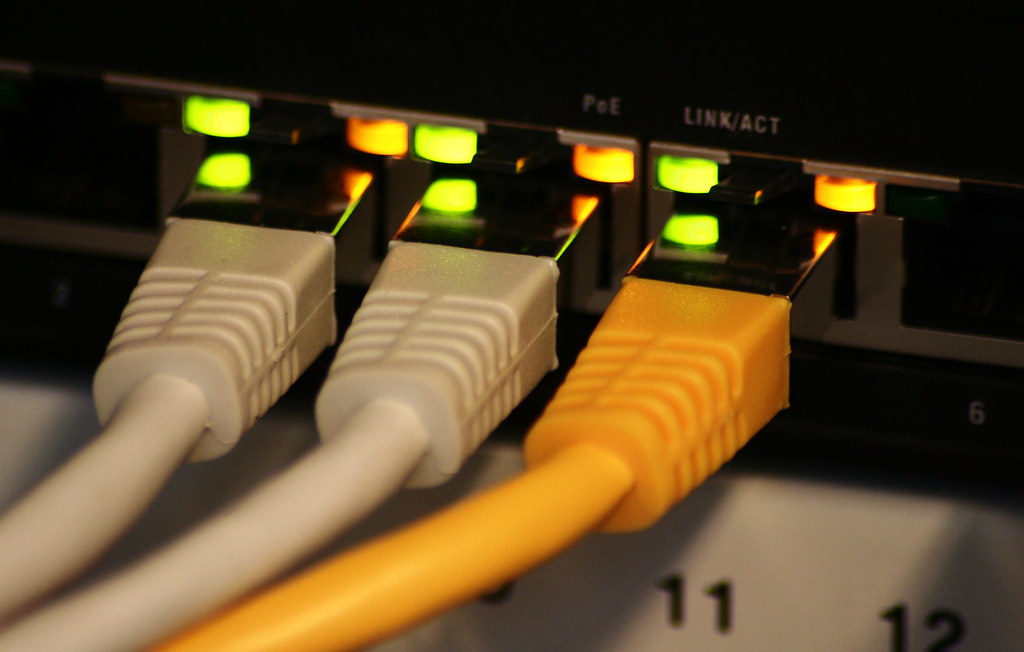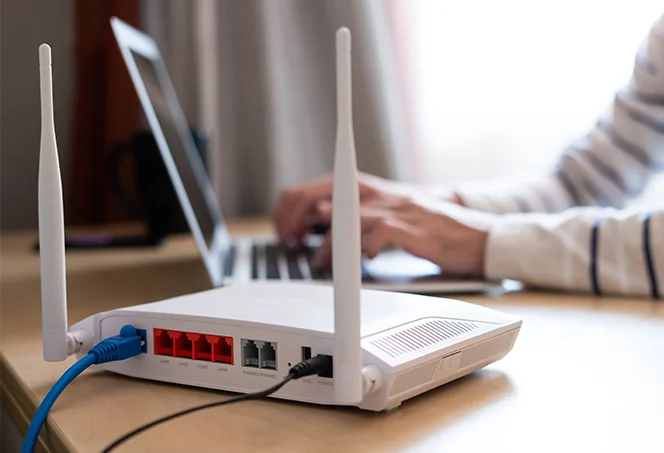
As homes become increasingly connected, our internet networks are more overloaded than ever—especially during peak evening hours when everyone in the area is online. One tech expert, however, has suggested a surprisingly simple trick: place a sheet of aluminum foil behind your router to help improve Wi-Fi performance.
A Tech Professor’s Unconventional Wi-Fi Tip
James McQuiggan, a Security Awareness Advocate for KnowBe4 and adjunct professor at Valencia College’s Engineering and Technology division, has studied the way wireless signals behave. His advice? Use aluminum foil behind your router to enhance signal strength in specific areas of your home.
Why Foil Might Help Boost Your Signal
When multiple devices compete for the same wireless network, signals can weaken. McQuiggan compares it to a sprinkler spraying water in all directions—wasting coverage where it’s not needed.

Obstacles like walls and furniture also affect performance. Aluminum foil can act as a reflector, redirecting the signal toward areas where it’s needed most. By curving the foil and placing it behind the router—with the shiny side facing inward—you can direct signal strength with more precision.
Scientific Backing: What the Research Says
This isn’t just internet folklore. A Dartmouth research team experimented with signal shaping and found that using 3D-printed shapes covered in aluminum could significantly boost signal strength in targeted zones by over 50%, while reducing it in others by 60%.
How to Try This at Home
What You Need:
- One-foot sheet of aluminum foil
- Optional: support stand or folded base
Instructions:
- Form the foil into a curved “C” shape.
- Position it behind your router with the shiny side facing inward toward the device.
- If needed, fold the bottom to make a stand.
- Test the signal in areas like your living room or kitchen by running a quick Google speed test.
Added Benefit: Potential Security Boost
Interestingly, Dartmouth’s research also found that aluminum foil can help limit how far your signal travels. This can be useful for keeping your network more secure, as signals that don’t reach unwanted areas make it harder for hackers to gain access.

“Physically restricting Wi-Fi coverage complements digital encryption and adds another layer of protection,” the researchers noted.
Mixed Results in Real-World Tests
Of course, this trick doesn’t work for everyone. One tester, Brooke, shared her experience: “I tried it on my porch and in the living room. There wasn’t much improvement, even with different foil shapes or soda cans. In some cases, speeds actually dropped.”
Still, she admits that giving it a shot is worth it before investing in expensive extenders: “It didn’t help me, but it worked for researchers—so it might work for others.”
Alternatives to Try If It Doesn’t Work
Aluminum foil isn’t the only household tool that can reflect Wi-Fi signals. You can try:
- Metal baking trays
- Soda cans (cut and curved properly)
- Any curved metallic surface
The key is to shape and position them so they reflect signals toward areas where you want better coverage.

Other Ways to Boost Wi-Fi Performance
If the foil trick doesn’t yield results, consider these alternatives:
- Reposition your router: Place it in a central, elevated location
- Upgrade your hardware: A modern router can make a big difference
- Use a Wi-Fi extender: Though pricier, these devices boost your signal reliably
- Reboot your router properly: Always use the power button to turn it off and on, rather than unplugging it directly
- Report dead zones: Tools like the National Broadband Map can help troubleshoot persistent issues
Final Thoughts
While not guaranteed, placing aluminum foil behind your router is a low-cost, low-risk trick that might improve both speed and security. If it doesn’t work for your space or setup, there are still plenty of other solutions to help optimize your home’s wireless network—though they might require more investment.

















